South Korea offers a unique blend of ancient spirituality and contemporary culture with its breathtaking Buddhist temples dotted throughout its futuristic cities. Nestled among stunning contemporary landscapes, you can find serene places of worship that have withstood the test of time.
As you journey through the country, you'll encounter Korean temples that serve as peaceful retreats from the hustle of city life.
From the awe-inspiring statue at Gakwonsa Temple in Cheonan to the historical significance of Bongeunsa Temple in the heart of Gangnam, these structures are not just tourist destinations; they're active centers of Buddhist practice and community life.
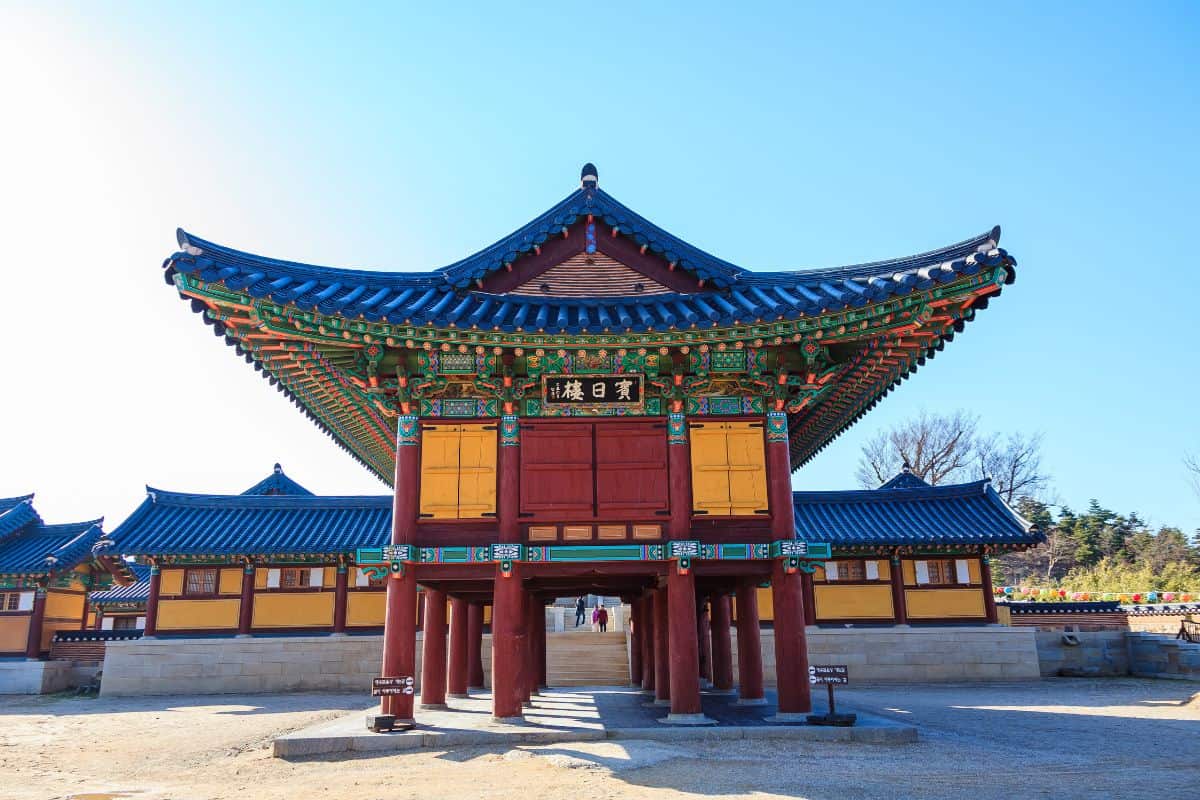
Jump to:
- Historical Context of Korean Temples
- 🏯 A Window to Eastern Spirituality
- ⛩️ Architectural Marvels of Korean Temples
- 🛕 2 Iconic Temples in Seoul
- 🙏 3 Temple Adventures Beyond Seoul
- 🍃 2 Temples Surrounded by Nature
- 🧘 Spiritual Experiences at Korean Temples
- 🎊Cultural Festivals and Temple Events
- ✍️ Planning Your Temple Visit
- 🙋 Frequently Asked Questions
- 💬 Comments
Historical Context of Korean Temples
Korean Buddhism is part of the rich tapestry of Korea; it's been woven into the country's history for centuries. It blossomed during the Three Kingdoms period, with Silla, Baekje, and Goryeo dynasties fostering its growth.
You'll find that many Buddhist temples in Korea were established back then, each steeped in tradition and telling their own story.
Temples like Bulguksa and Seokguram Grotto in Silla are recognized as UNESCO World Heritage Sites, highlighting their historical significance. These ancient sites often house national treasures and stand as a testament to the craftsmanship and religious devotion of eras past.
The Jogye Order of Korean Buddhism, which you'll encounter often, helps to maintain the traditional Jogye practice. It's a key driver in preserving temple heritage, ensuring that the essence of the faith remains robust. They also safeguard the Tripitaka Koreana, the world's most comprehensive collection of Buddhist scriptures.
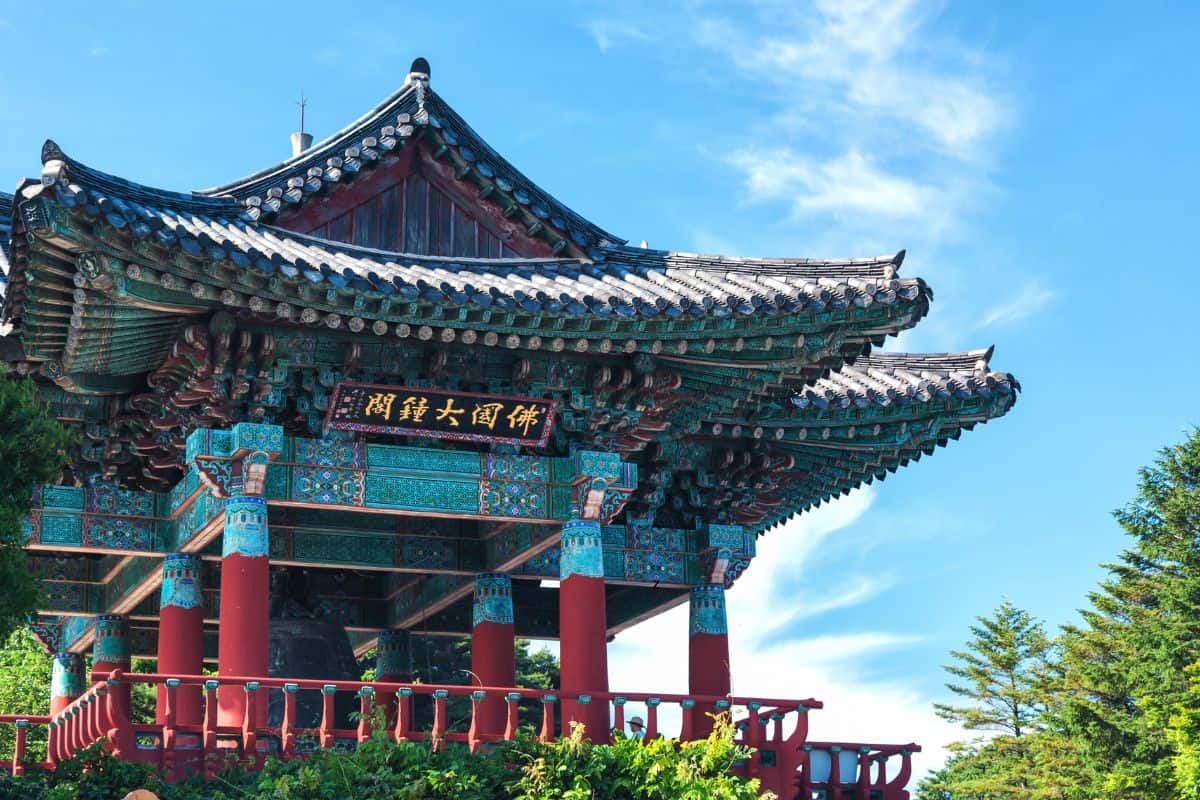
🏯 A Window to Eastern Spirituality
Exploring Korean temples offers you a unique glimpse into Eastern spirituality, especially as it's expressed through Buddhism. These tranquil sanctuaries are not just places of worship, but venues for deep meditation and connection with the divine.
Pung-su, similar to feng shui, plays a vital role in the placement and architecture of Korean temples. It’s believed that harmony with nature can elevate your spiritual experience.
As you wander through temple grounds, the deliberate orientation toward auspicious landscapes fosters a sense of balance and peace. In these serene spaces, you can observe or partake of Buddhist practices and rituals.
It’s a great chance to understand how spirituality is interwoven with daily life in Korea. You may also get the opportunity to stay in a temple in Korea, participate in meditation sessions, and experience the monastic life firsthand.
⛩️ Architectural Marvels of Korean Temples
Korea's temples are a testament to artistic and architectural ingenuity, showcasing historical craftsmanship. You'll find awe-inspiring structures that embody spiritual and cultural heritage.
Unique Design of Stone Pagodas
The stone pagodas of Korea are not just ancient; they're masterpieces showcasing complex symbolism. Constructed with an eye for both aesthetics and meaning, you can witness the finest in temples like Bulguksa, where the pagodas have stood for centuries.
Wooden Pagoda Structures
Wooden pagodas like Muryangsujeon are rarer, crafted with exquisite care, and you'll marvel at their intricate joinery. They're often part of larger temple complexes, such as Daeungjeon, where the woodwork tells a story of its own.
Buddha Statues and Artifacts
Inside temples like Seokbulsa, you're embraced by serenity as you view the majestic Buddha statues and bodhisattvas engraved into the rock, bringing history to life. These artifacts aren't just statues; they're spiritual companions guiding you through the journey of enlightenment.
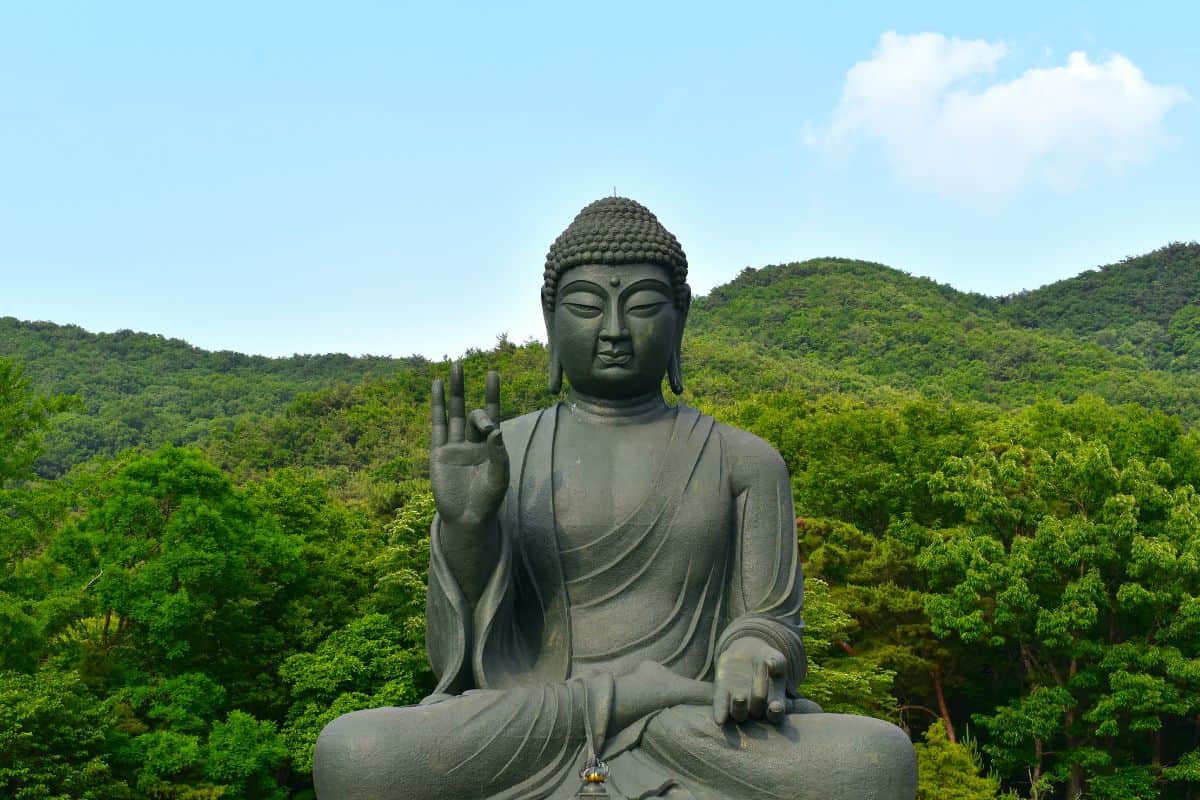
🛕 2 Iconic Temples in Seoul
Jogyesa Temple in the Heart of Seoul
You'll feel a sense of calm wash over you the moment you step into Jogyesa Temple, a vibrant center of Zen Buddhism. It's a spiritual oasis surrounded by nature, right in the midst of Seoul’s modernity.
Bongeunsa Temple: A National Treasure
Bongeunsa Temple, located in the upscale district of Gangnam, is not only a place of worship but also a token of Korean heritage. Across its grounds, you'll find serenity and the deep-rooted history of South Korea's Buddhist culture.
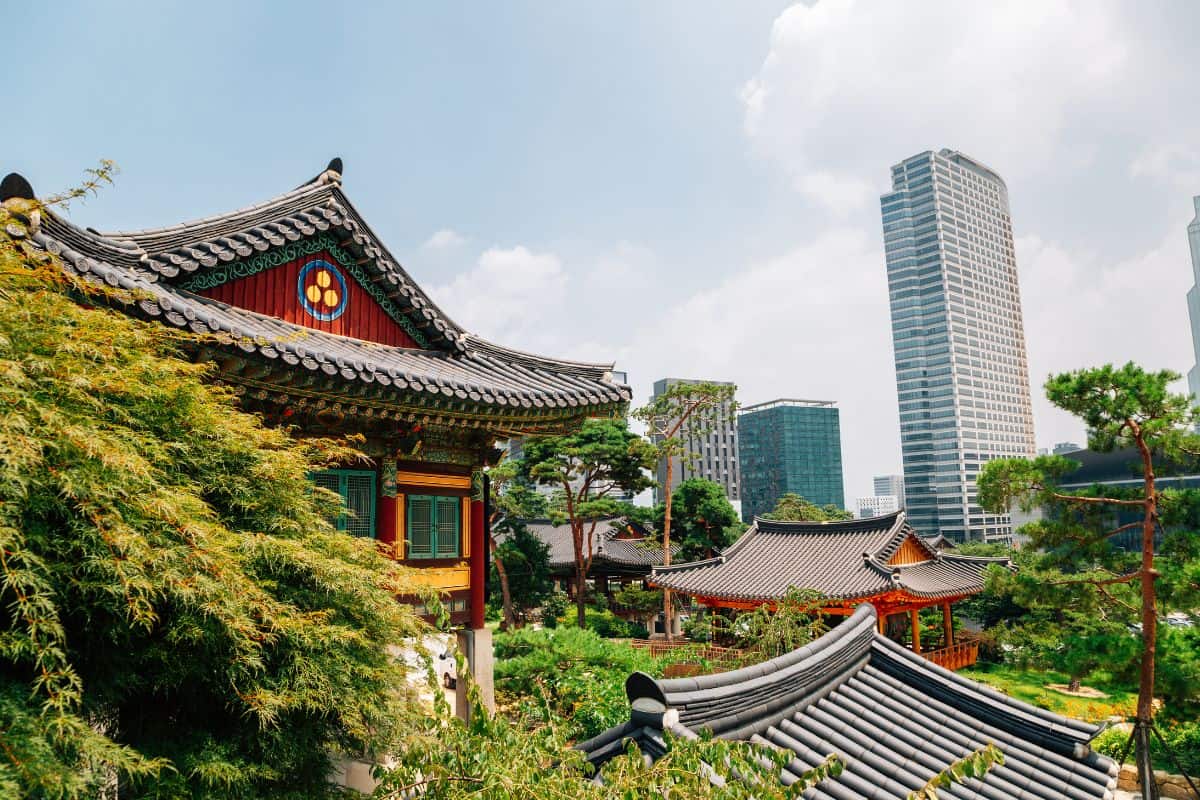
🙏 3 Temple Adventures Beyond Seoul
Busan's Coastal Haedong Yonggung Temple
You'll find the remarkable Haedong Yonggung Temple perched along the coast of Busan. Marvel at how it defies gravity on the edge of cliffs with waves crashing below, a scene far different from the mountainous temple landscapes typical in Korea.
For serene spirituality and stunning architecture, you don't need to look any further than Korea's coastal cities and picturesque mountains. Exploring the grounds of this coastal temple will take you an entire afternoon, but it's more than worth the time.
Gyeongju's Bulguksa Temple: A Crown Jewel
Considered a masterpiece of Buddhist art, Gyeongju's Bulguksa Temple is enveloped in history. Its ancient stone reliefs and delicate pagodas offer a glimpse into the zenith of the Silla Dynasty, with tranquil gardens making your visit a calming retreat.
The Mountain Retreat of Beomeosa Temple
Nestled in the peaks near Yangsan, Beomeosa Temple invites you into a world suspended in time. As you wander its grounds, feel the solidity of the centuries-old rock formations that stand as silent witnesses to devoted pilgrimages.
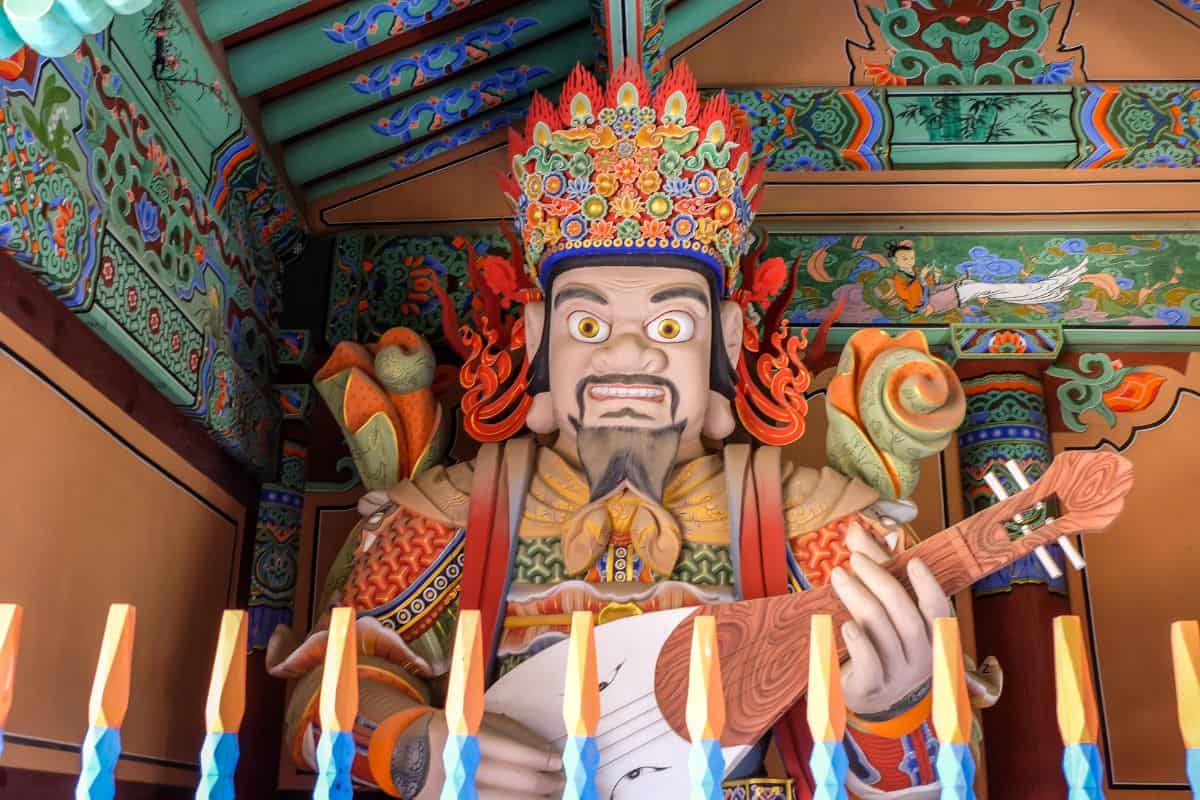
🍃 2 Temples Surrounded by Nature
Forest-Covered Temples of Gurye
In the serene landscapes of Korea, you'll find temples that perfectly illustrate the unity between spiritual sanctuaries and the majesty of nature. The captivating blend at these spots will leave you breathless, as man-made structures and the natural world coexist in harmony.
Nestled at the base of the revered Jirisan Mountain, the temples of Gurye are a sight to behold, shrouded in dense forest canopies that exude tranquility. You're invited to meander through the peaceful woodland paths, feeling the spirituality radiate amid the whispering trees.
Sunrise Views at Hyangilam
Enrich your soul as you witness the ethereal sunrise at Hyangilam. Perched on a precarious cliff, it offers unparalleled panoramic views.
Your early trek will reward you with a moment where the sun's first rays dance across the water, illuminating your surroundings with the promise of a new day.
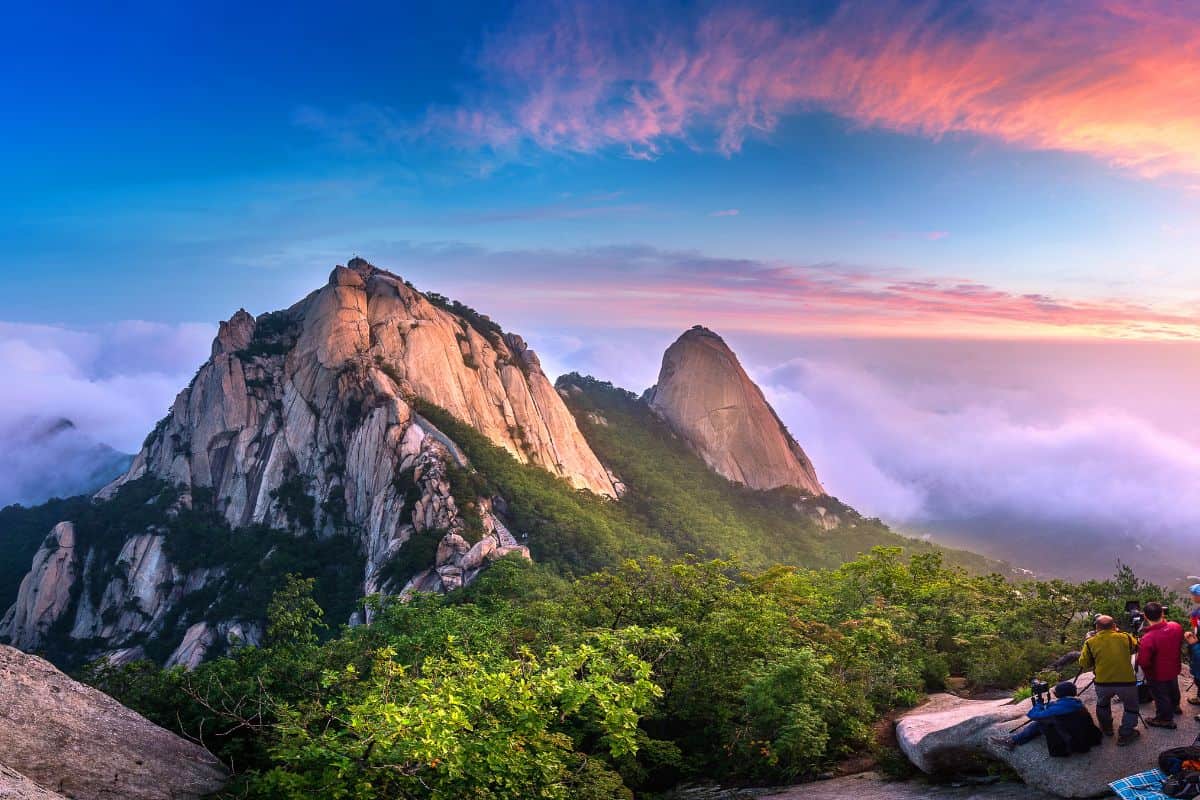
🧘 Spiritual Experiences at Korean Temples
Meditation and Mindfulness Practices
At temples such as the Gakwonsa Temple at the foot of Mt. Taejosan, you're invited to practice meditation, seeking tranquility and maybe even a glimpse of enlightenment. Under the guidance of experienced monks, you'll learn to still your mind and be present.
Temple Stay Programs
Imagine living a day in the life of a monk; temple stay programs offer just that. You'll participate in daily routines, including sunmudo, a Zen martial arts, contributing to an immersive path toward self-reflection and spiritual connection.
🎊Cultural Festivals and Temple Events
Lotus Lantern Festival
South Korea’s temples offer vibrant festivals that showcase rich cultural and religious traditions. Attending these events, you'll experience the blend of solemnity and festivity that's unique to Korean Buddhism.
Celebrating Buddha's birthday, the Lotus Lantern Festival transforms Korean temples into a sea of light. You'll see thousands of colorful lanterns that represent good wishes and wisdom's light.
Monastic Life and Cultural Immersion
Experience authentic spiritual life by participating in temple stays during cultural events. You can engage in meditation, tea ceremonies, and cultural programs that offer a glimpse into the discipline of monastic life.
✍️ Planning Your Temple Visit
Travel Tips for Templegoers
- Pack Accordingly: Bring comfortable shoes for walking, modest clothing to respect the sacred sites, and a camera for the breathtaking views.
- Etiquette Matters: Always speak quietly and follow any posted guidelines to show reverence.
Remember, each temple has its own story; don’t hesitate to join a guided tour if you’re keen on learning more about the place. Many of these sanctuaries are recognized as UNESCO World Heritage Sites for their cultural significance and historical value.
To protect such treasures, conservation efforts are continuously deployed - expert teams work continually behind the scenes to maintain the integrity of these structures and their surroundings.
Best Times to Visit
- Seasonal Splendor: Visit during the spring to see temples adorned with vibrant lotus flowers representing purity.
- Festivals and Calm: Plan around Buddha's Birthday to experience lantern festivals, or aim for autumn to enjoy the colorful foliage against the temples' architecture.
Keep in mind that with each season, Korea offers a different backdrop to your temple visit, making every trip unique.
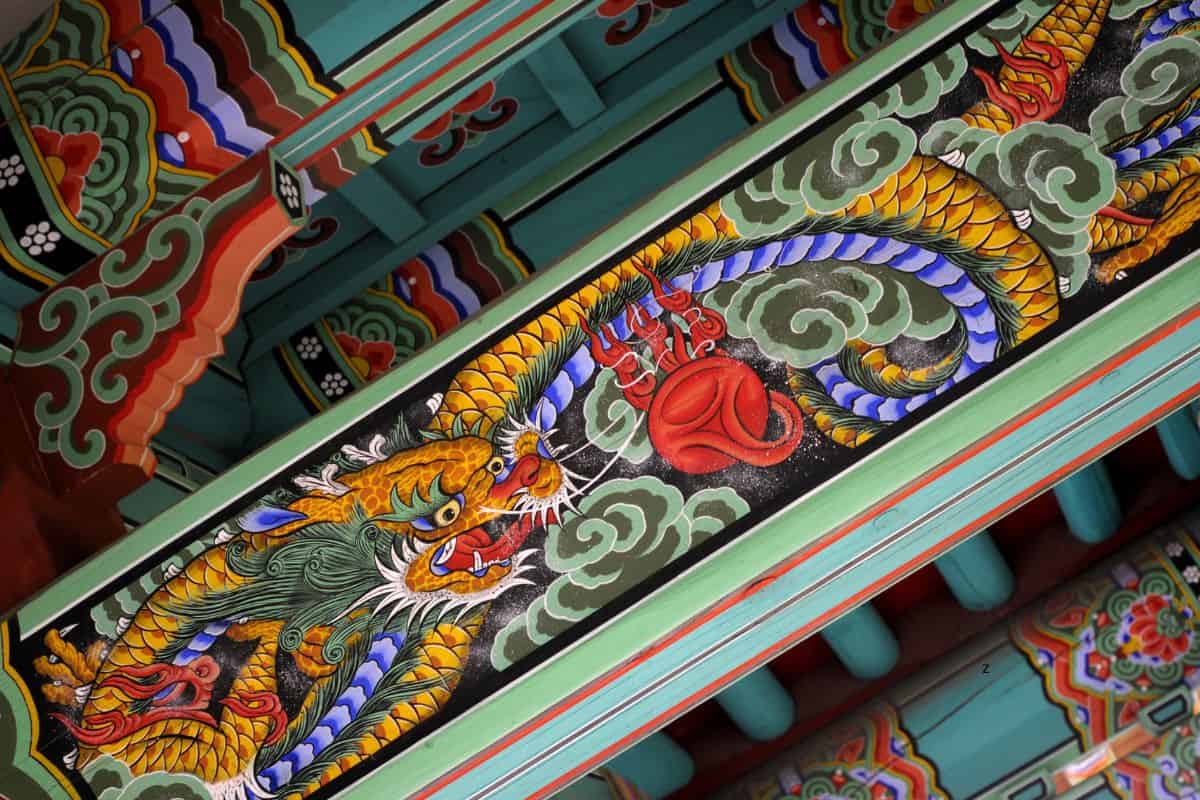
🙋 Frequently Asked Questions
The 3 jewel temples of Korea, known for their historical significance, are Haeinsa, Tongdosa, and Songgwangsa. They each represent one jewel of Buddhism: the Buddha, the Dharma, and the Sangha.
When visiting temples, you should wear modest clothing covering your shoulders and knees. It's a sign of respect for the temple's sanctity and the monks who live there.
I find Bongeunsa Temple to be the most beautiful temple in Seoul, offering tranquility amidst the city's hustle. Don't miss the temple stay programs, early morning rituals, and the chance to taste temple food known for its simplicity and health benefits.
South Korea is home to ancient temples like Bulguksa and Mireuksa, which are considered some of the oldest, dating back to the Silla Dynasty.

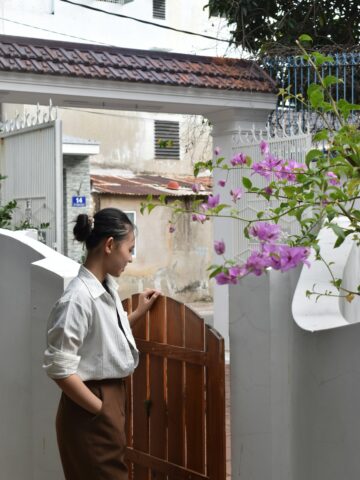

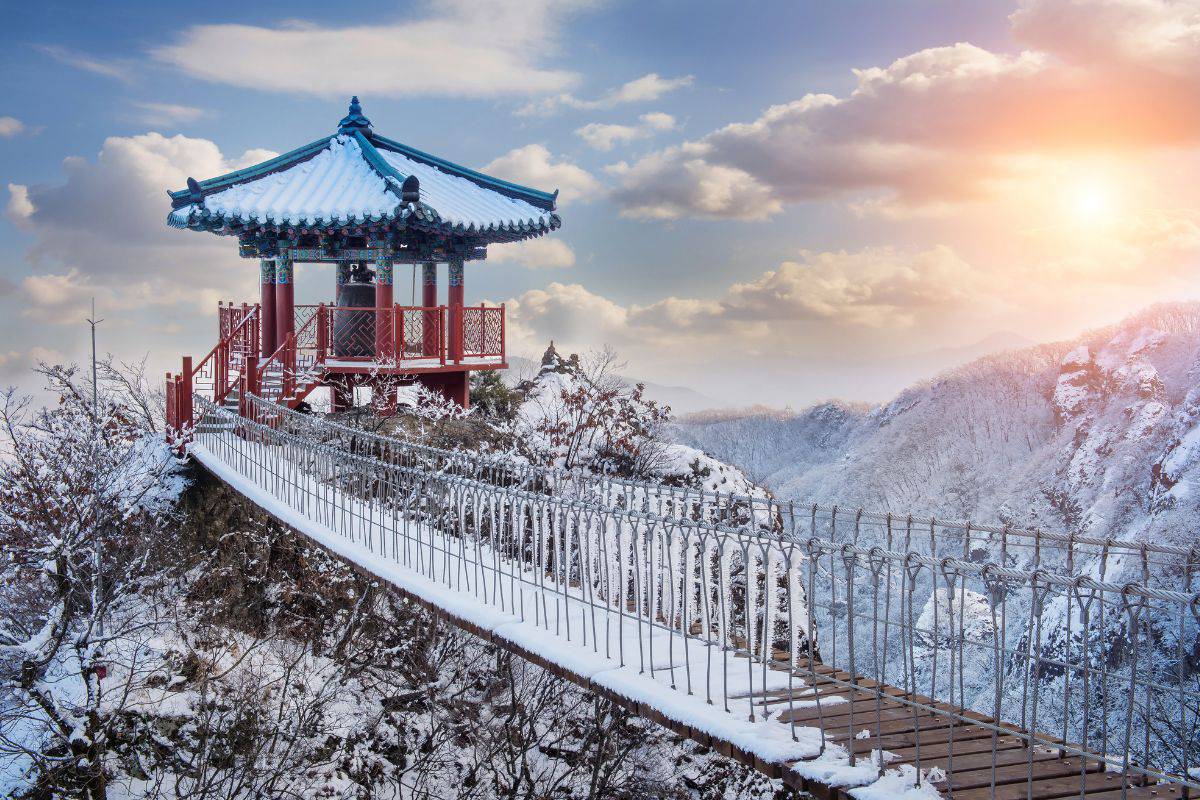
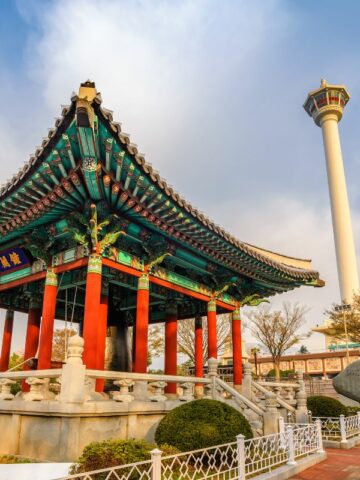
Comments
No Comments